Efficiency holds the key in determining how today’s ports can alleviate this stress and gain an advantage over the competition.
Read more in the article Finding Calm in the Chaos published by Logistics & Material Handling.
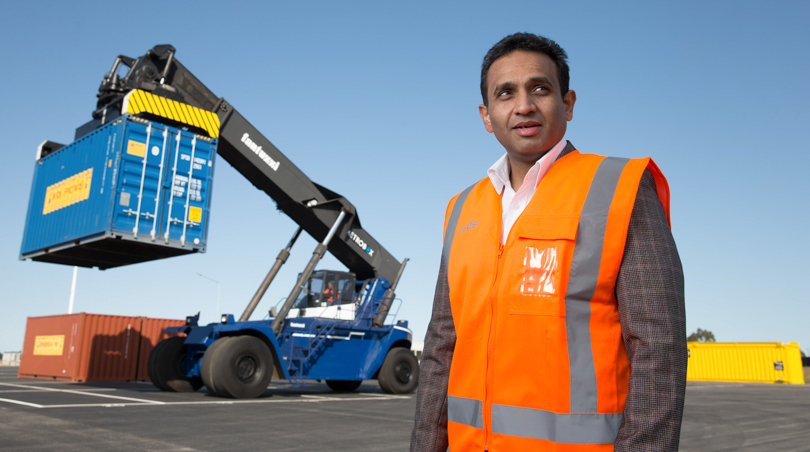

Efficiency holds the key in determining how today’s ports can alleviate this stress and gain an advantage over the competition.
Read more in the article Finding Calm in the Chaos published by Logistics & Material Handling.

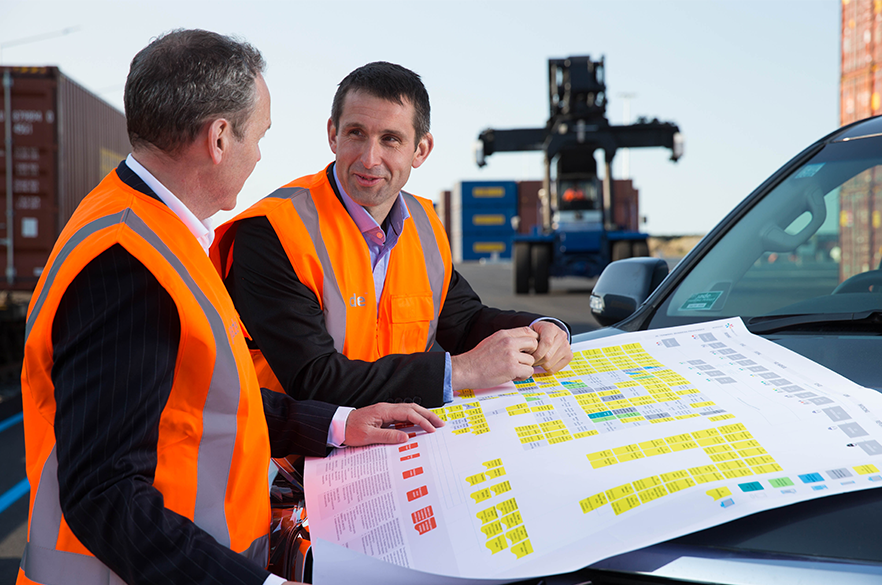
Read our recently published article about how purchasing a terminal operating system poses less risk, provides a faster ROI, and ensures a more streamlined operation than investing in tangible capital assets such as cranes and machinery.
Jade recently had our article Finding calm in the chaos published in the latest version of Terminal Operator magazine.
The article discusses how purchasing a terminal operating system poses less risk, provides a faster ROI, and ensures a more streamlined operation than investing in tangible capital assets such as cranes and machinery.
Read the article here: Finding calm in the chaos.

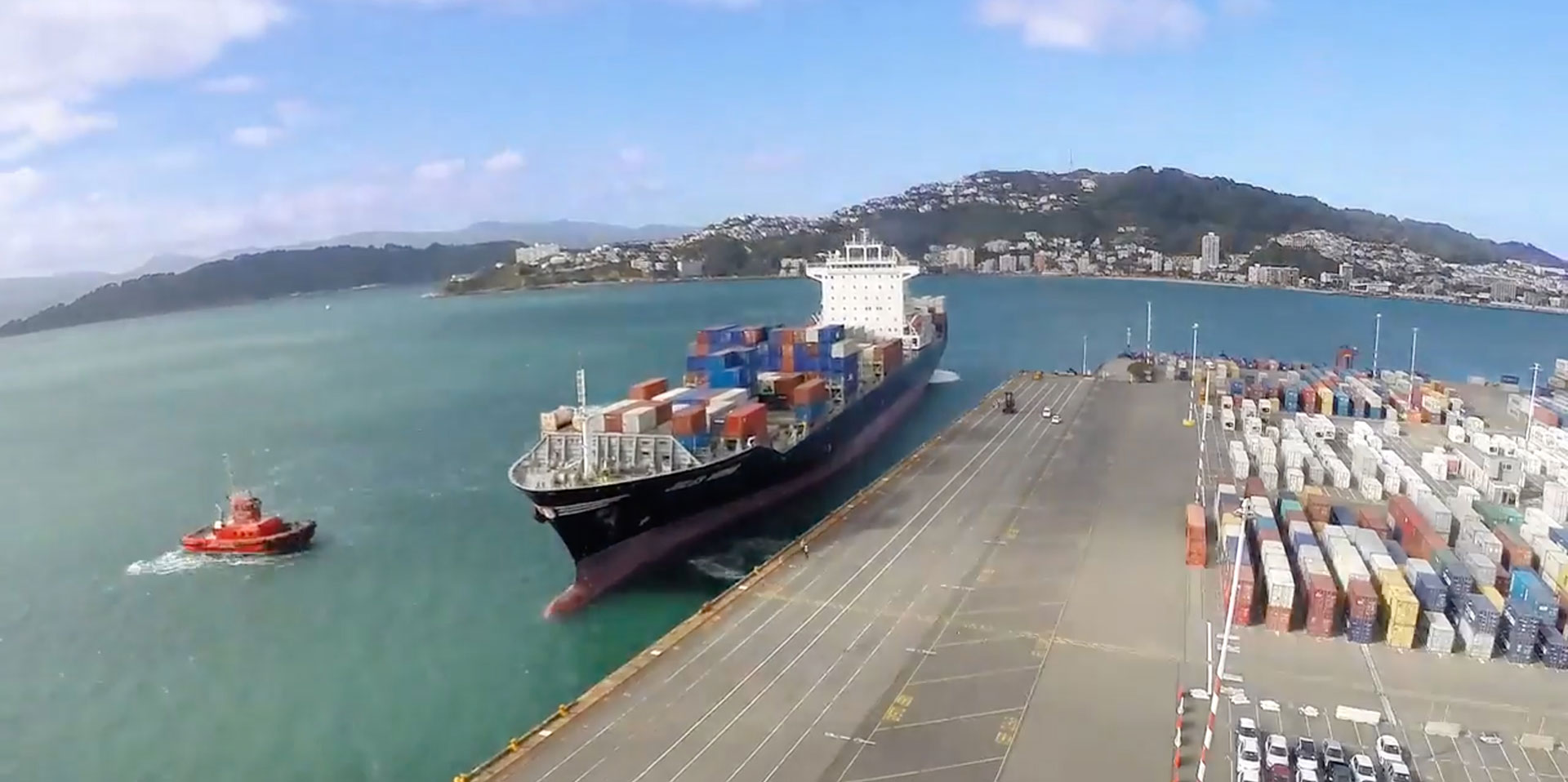
Implementing a TOS is a large undertaking, so it requires a thorough plan that details a workable approach for your terminal.
Read how a successful implementation can bring about business efficiencies and process improvements in the white paper, Smoothing Your TOS Implementation.

From August to October, America’s three biggest ports’ (Los Angeles, Long Beach, and New York harbor) imports fell by 10% during what is usually their peak shipping month. Global merchandise trade value also decreased by 13% in the first half of this year.
In past years as retailers flog their wares to hordes of holiday shoppers in December, ports have been equally as busy working to replenish merchandise. But ports are relatively quiet this year.
Although most economists are confident these statistics don’t translate as the demise of the global economy, they do tend to create nervousness within the port industry. Every terminal operator is aware that less demand results in increased competitiveness among ports and logistics companies.
However, during this sort of circumstance pressure can often lead to progress. The need to increase efficiency and decrease resource wastage has the potential to result in smart, innovative new ways of increasing competitiveness.
According to the DP World November 2015 report, investing in ICT innovation is one of the key principles ports should be following to increase competitiveness and level the playing field.
Ports may have the opportunity to invest in new ICT systems to help automate and increase operation systems’ efficiency. However, during uncertain economic times it is imperative to know for certain that any ICT investments will bring about a profitable return.
As part of an overall terminal transformation process, implementing a new terminal operating system (TOS) plays a core role in the upgrade. In order to successfully initiate a TOS, planning and processes are key.
There is little use investing in this kind of technology if the project causes more problems than it solves. In a busy, non-stop port, you can’t afford to implement a new TOS unless it goes smoothly.
Having implemented the Master Terminal TOS at ports all over the world facing all kinds of challenges, at Jade we’ve learnt a lot about what it takes to get this process right. It’s as much about people as it is about technology, and getting some of the small things right can make a huge difference to your implementation success.
To learn more about TOS implementation strategies, download our white paper Smoothing Your TOS Implementation.

[1] http://www.wsj.com/articles/quiet-u-s-ports-spark-slowdown-fears-1447583406
[2] A turning point: The potential role of ICT innovations in ports and logistics. A report for DP World
Prepared by The Economist Intelligence Unit. November 2015

The Baltic Dry Shipping Index, regarded as an insight into the state of world trade, has fallen to an all-time low.
The index, which measures shipping rates for everything from coal to ore to grains, fell to 504 points on Thursday, the lowest data from the London-based Baltic Exchange going back to 1984.
According to Port Technology, at a similar time last year the Baltic Dry Shipping Index was at 1,296, meaning the strength of the market has been halved.
What does this mean for the world’s ports?
That now, more than ever, a port needs to prove it is an efficient and effective link in the supply chain, or risk being overlooked for competition with greater productivity.
So how can a port achieve this without a large capital outlay?
A Terminal Operating System (TOS) is more affordable and produces a faster return on investment than dredging or purchasing infrastructure (cranes, straddle carriers, heavy machinery), it poses less financial risk to these alternatives, and allows your port to find efficiencies across your entire operation.
Jade Logistics’ TOS, Master Terminal solves the complex problem of managing containers and mixed cargo. Ideal for growing, ambitious ports, Master Terminal helps you compete hard for a shipper’s business, no matter who you are up against.


Small and medium sized terminals are trying to find their niche in the market. To be competitive they need to think outside the box.
Jade Logistics’ Client Relationship Manager for the Americas, Keith McSwain talked to Heavy Lift & Project Forwarding International magazine about how small and medium sized terminals are increasing efficiency by handling more than just containers. Keith talked about the opportunities available to those terminals that can prove they can handle all kinds of cargoes, steel, coil, cars, etc., he goes on to say “terminals are in the business of making money, and in order to do so, you need throughput.”

Ports are under constant pressure to compete, they need to work faster, turn ships around quicker, load and unload trucks faster, and generally do everything at speed. However while they need to work faster, they also need to work safely. Hazards are everywhere on a port, and accidents can happen at any time. Operators must take every step possible to ensure the health and safety of people on their port, both staff and visitors.
There are many ways a port can ensure the safety of its staff and contractors, such as having sound practices and policies in place, educating staff, and using protective equipment, another is by keeping people and machinery separated as much as possible through the use of technology.
When implementing such a health and safety solution a port should consider its technology, people, and processes and ensure they are aligned and that any technology-backed processes put in place are followed by a safety conscious workforce.
Read about Master Terminal’s yard safety features in our Yard Safety Fact Sheet.

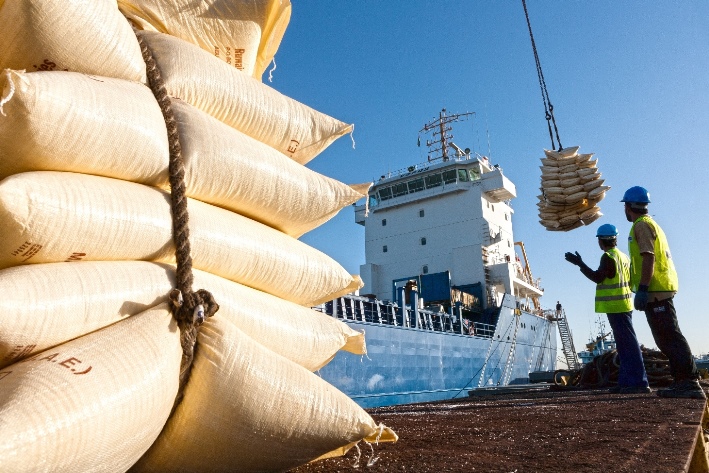
Abu Dhabi Ports, the master developer, operator and manager of ports and industrial zones in the Emirate, selected Jade Master Terminal for seven ports earlier this year. This week marks the first implementation, successfully completed at Zayed Port.
Gary Lemke, Executive Vice President of Ports at Abu Dhabi Ports, calls this “a significant milestone”, and says that Master Terminal is “driving greater efficiencies in cargo handling, and shaping and driving our investment plans, helping Abu Dhabi Ports to achieve its goal of becoming the leading general cargo port operator in the region.” Jade Logistics is set to bring added value to all of Abu Dhabi Ports’ customers and their business – with productivity gains of 15-20 per cent – as the company transitions into the next-generation of trade, making its ports the ports of choice across the Middle East.
With six implementations to go – Khalifa Port will be next – we’re looking forward to continuing the transformation at Abu Dhabi Ports.

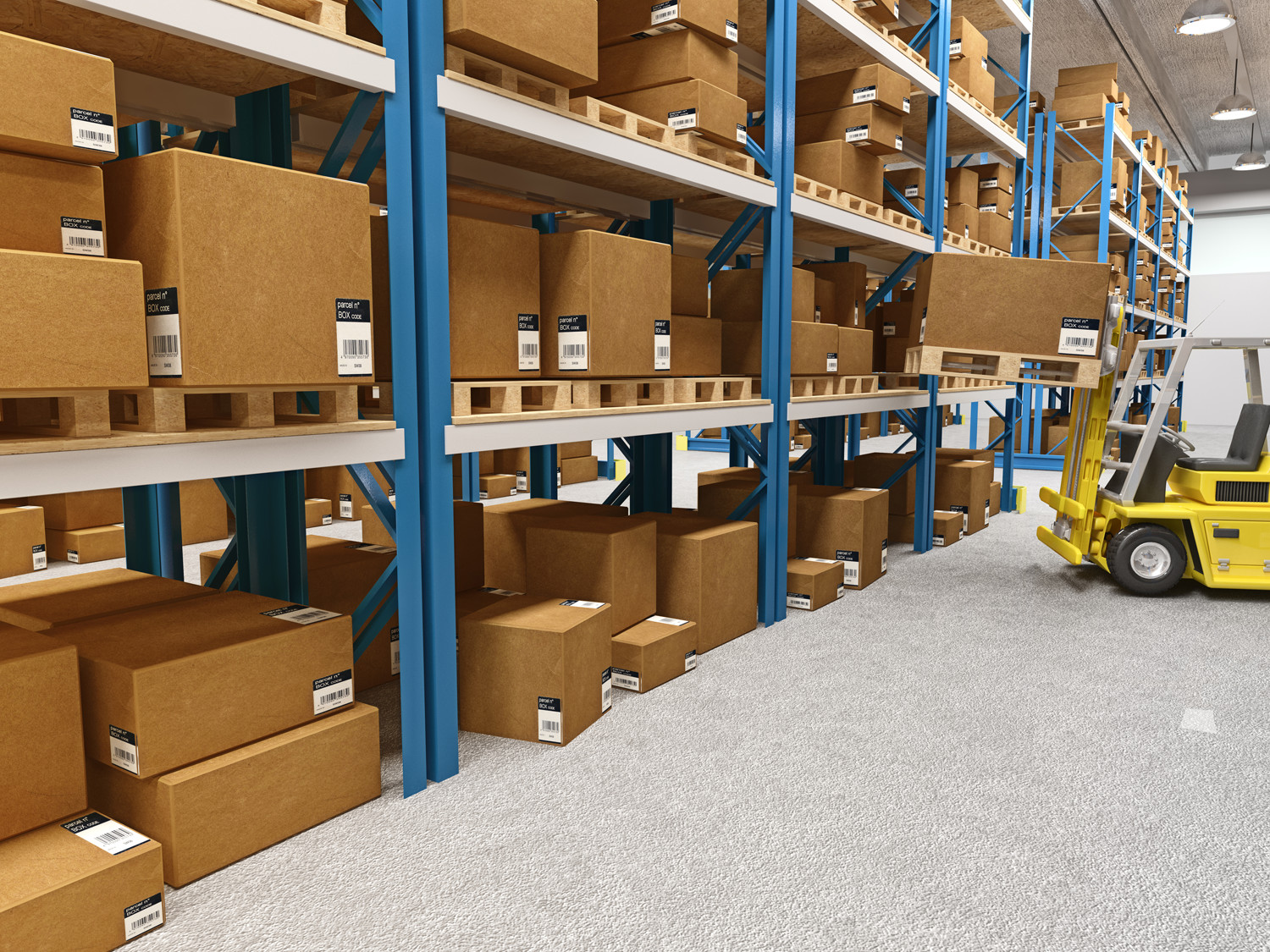
Developing capacity for peak demand, are putting pressure on existing warehousing port facilities.
According to a recent Jones Lang LaSalle report on warehousing development in the ports and logistics sector, developers wary of “building the church for Easter Sunday” i.e. developing capacity for peak demand, are putting pressure on existing warehousing facilities.
Growing and ambitious ports are seeing an opportunity in this shortage of warehousing and logistics space in key logistics markets like the US. For the agile port, it’s an opportunity to leverage your own warehousing facilities more effectively for your user base and to attract new shippers.
Globally, many ports are adding or beginning to utilize huge warehousing zones, allowing greater flexibility. However, as your warehouse begins to expand, it can be harder to manage the complexities that this brings such as greater physical space, more staff and larger cargo to manage and store.
Whether it’s large or small scale cargo storage that you are establishing at your port, the opportunities and risks are the same. Congestion and inefficiencies are huge risks of warehousing; the need to streamline operations for efficiency becomes essential.
By ensuring that you have highly secure, responsive, and flexible systems in place, you are working to mitigate the associated risks with a warehousing addition to your port. Being able to have complete oversight of your warehouse, down to a shelving level can be a great asset to your business and even increase your bottom line through increased productivity.
Read more about how your terminal can improve the management of its warehousing facilities in our Warehousing fact sheet.


The break-bulk sector is a growing area of opportunity for suppliers with the right applications. Capt. Kaustubh Dalvi talks to WCN about how Jade’s focus to service this market is leading to increased business.
While today even the smallest container terminal with a single customer needs a TOS to meet the basic needs of a shipping line, the break-bulk sector is less well developed. Paper systems, spreadsheets and in-house database systems are still very common. There are signs this is changing, and relatively rapidly.
Jade Software won contracts to implement its Master Terminal at 29 terminals around the world last year, all of which were mixed container/break-bulk facilities. Earlier this year, it announced a contract to install its Master Terminal TOS at seven multi-cargo terminals operated by Abu Dhabi Ports Company, continuing that momentum. The company also has dedicated container terminal customers, but its growth is overwhelmingly coming in the break-bulk/multi-cargo terminal sector.
Jade Logistics’ President of Global Sales, Captain Kaustubh Dalvi, notes that consolidation in the industry is a factor helping Jade’s increased business level. For a long time, the port industry has been focused on chasing container opportunities, but as the industry matures “ports and terminal operators are also willing to diversify their service offering and/or venture into markets such as break-bulk”, he said. “I personally believe the break-bulk market, which has been under serviced in the past, has started receiving the attention it deserves.” Jade’s “rich experience and history” in the market means it is well positioned to help terminals leverage these opportunities.
The company has responded to the market by investing heavily in additional staff and offices to serve its growing customer base. Jade’s Logistics business drove a 56% growth in revenue in 2014. Despite this, Jade made a very small loss of NZ$1.1M (US$795,000) as it invested in new markets in the Middle East and the US. In announcing the company’s annual result, managing director David Lindsay said it had no plans to slow down investment, and it is aiming for a 10% increase in staff this year, with a lot of that being for new offices in Jakarta and Rotterdam.
Meeting the needs of the very diverse break-bulk sector with an off-the-shelf application is challenging. Not only are there differences in operational processes, but there is a great deal more variety in the cargo itself. In many cases systems adapted from container terminal TOS do not meet the need to track and manage cargo through a break-bulk handling process.
Dalvi attributed Jade’s recent run of success with Master Terminal primarily to the system being designed, from inception, to handle these types of terminals. The software evolved out of ports that could not just rely on the container business, but at the same time understood the need to leverage IT to make all of their operations more efficient and customer focused.
Jade points out that, from an IT perspective, breakbulk operations have different requirements, based around how the cargo flows through the facility.
In particular, the cargo is often not neatly organised in a single unit like a container. Scrap metal, for example, can arrive on a truck carrying material with different grades, ownership and destination, all of which have to be sorted and tracked differently. Grain, meanwhile, could arrive in bulk, but leave in a combination of bags and ‘traditional’ dry bulk. Master Terminal can manage these challenges with a minimum of customisation, allowing terminals to deliver benefits to their customers through processes like EDI.
Getting them to this stage, however, is a real challenge. Most of the new users Jade comes across are still using paper-based systems, and need help implementing basic tools like EDI to meet the needs of their customers and the wider supply chain. Other more IT mature terminals are looking to leverage process automation and mobile technologies to “achieve further process excellence, as well as extend transparency across the major stakeholders in the supply chain”, said Dalvi.
Source: WorldCargo News
